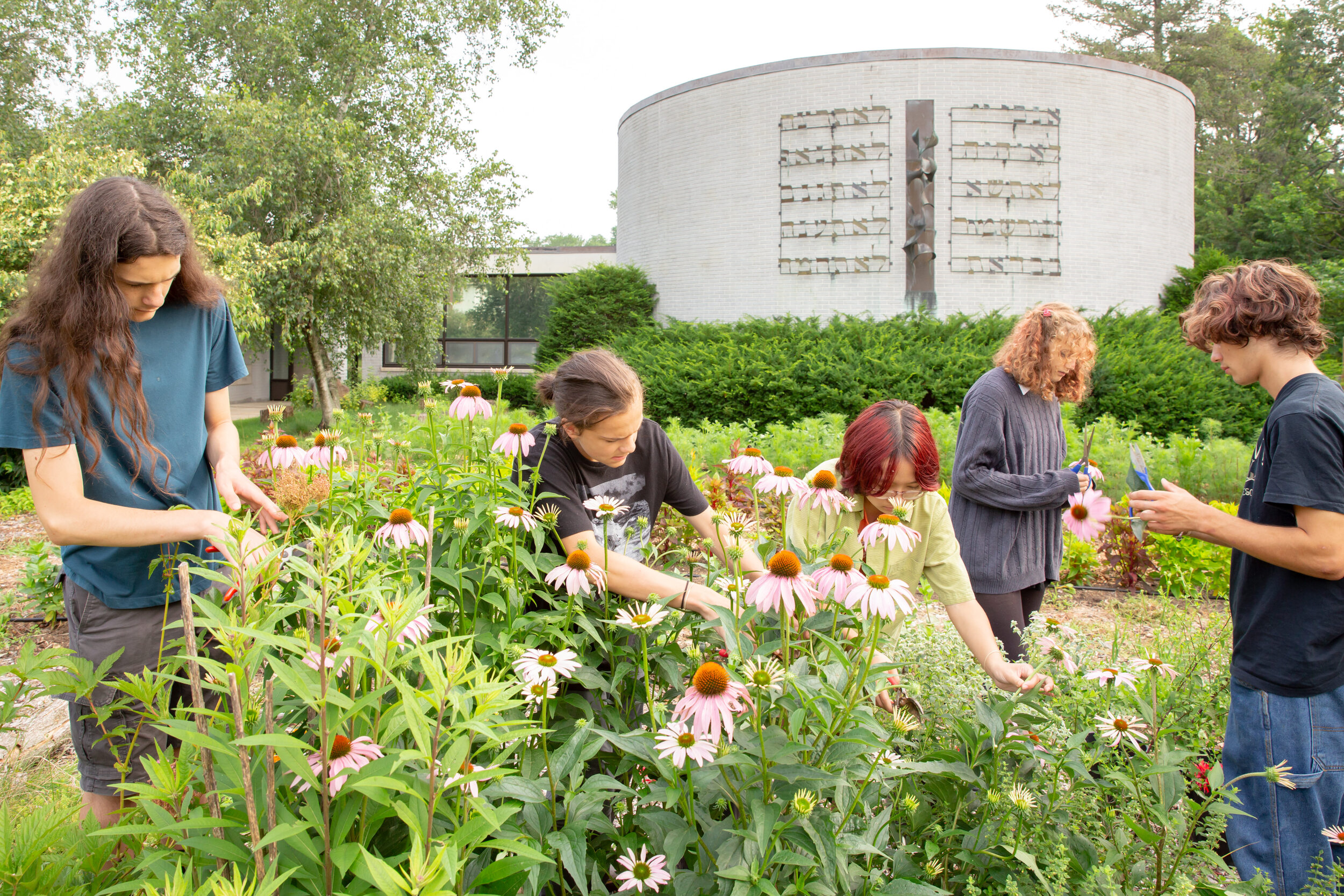



A Darling Downs dairying family originally planted 20,000 trees on their land to address runoff and salt issues, but they’re now reaping the benefits of increased milk production. David and Cheryl Vonhoff, who bought their farm in Oakey, Brymaroo, more than two decades ago and planted trees with the support of Landcare programmes, are seeing an increase in milk output. “In terms of cow comfort, the shade for the cows is certainly worth $56,000 a year to us,” Mr Vonhoff said. “We calculated the other day that over 200 cows over 200 days, it was $1.40 a day per cow extra.” The family farms 600 hectares and milks roughly 200 cows, producing over one million gallons of milk every year.
The site was bare when they bought it, with just approximately 100 native trees remaining, a mix of mountain coolibah, grey box, river red gum, and brigalow. “It was just a single large pasture, barren, overgrazed, and flogged out. Not long after we got it, we had a two-inch storm, and the amount of water that skated off the slope was incredible “Mr Vonhoff stated the following. “The water table [on the flat] had just risen to the point where it had transformed into a swamp. With evaporation, the minuscule amounts of salt in the water remained.” They started to work after viewing the destruction, planting trees such as Chinchilla white gum and tipuana, as well as grasses and legumes such as buffel grass and leucaena.
Since then, they’ve added lucerne, oats, vetch, and multi-species pasture to cultivation and rotational strip paddocks, with the use of dams and bores. “There wouldn’t be a drop of water pouring off here now. It doesn’t matter how much rain there is because all of this junk is preventing the water from flowing “Mr Vonhoff stated the following. “If you can hold back the water, you have the ability for that water to produce grass, and if grass grows, you have the capacity to slow down the water, so it’s simply a compounding issue.” During the night, the cattle eat from a trough, then proceed to lab lab, where they are driven through to grass lucerne strips, then to water and sudangrass, before returning to the lucerne strips and returning home.
Mr Vonhoff sees the environmental benefits of the large-scale tree planting in addition to cow comfort. “It gives me a fantastic delight… no matter where you drive up, you hear birds talking, and that has to be a benefit for bug management and everything else,” he explained. “Even before Landcare, I was quite interested in land care, and I was always excited about doing a variety of things and attending a variety of field days and talks related to better land management.” “There was a lot of opportunity, funding, and assistance available through Landcare. And if that was an option, I was more than pleased to take it and use it, with tree planting being a large part of that. “The removal of trees is what messed up the ecology and caused the salinity on the flat. “That area down below is currently really productive land. Where earlier it was merely dry, salt-affected land, we cut hay from it and the milking cows graze on it frequently.” The Vonhoffs intend to plant more tipuana and leucaena trees in the future.